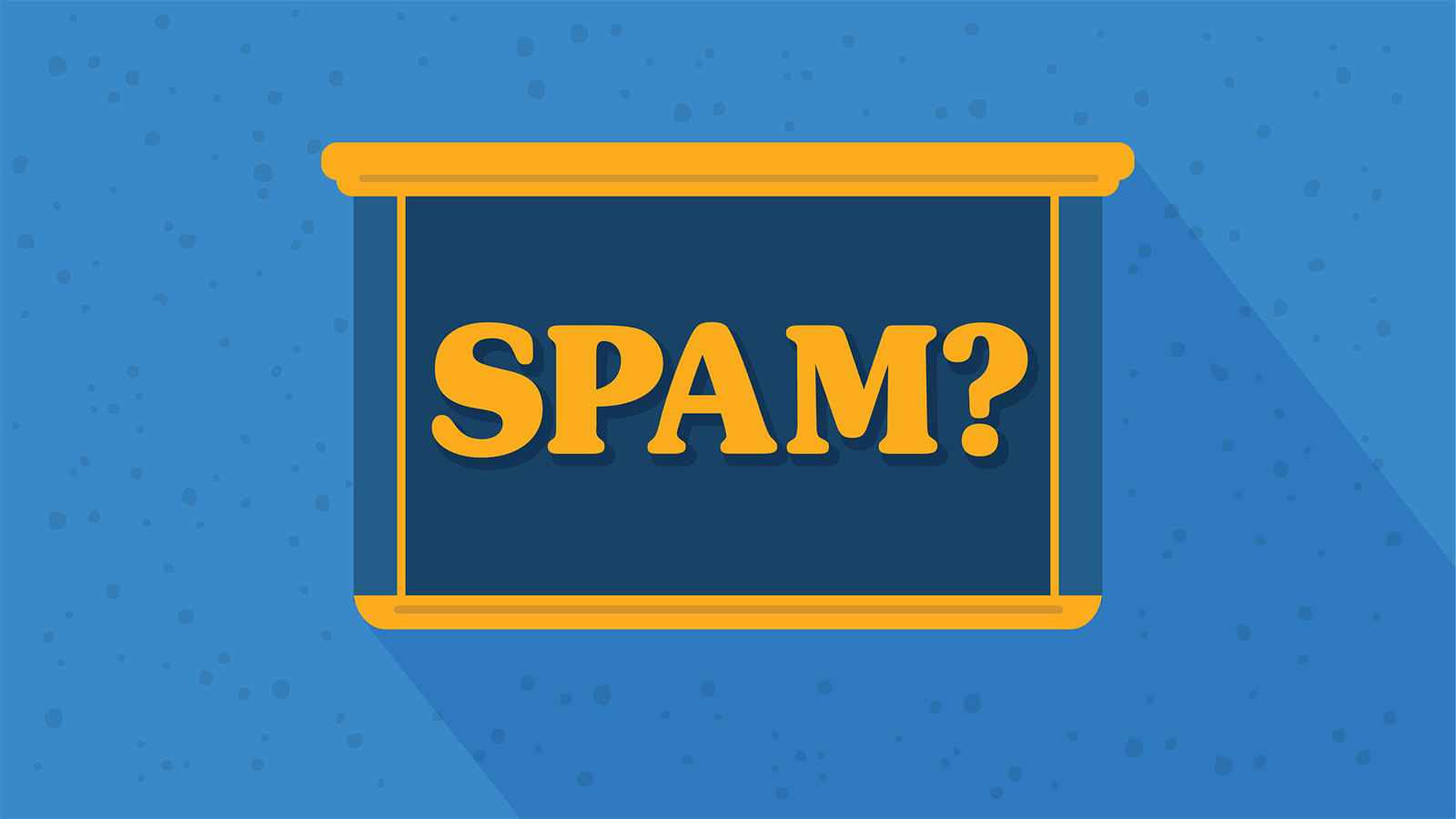Email Marketing
The Story of the Most Ironic Email Marketing Campaign Ever

Email Marketing

What makes something ironic? It’s harder to define than you might think — almost as hard as it is for some people to identify spam from a legit email.
As an email marketer, you know spam when you see it, and probably define it as unwanted, unsolicited, unhelpful messages that get sent to a large list of contacts. As for irony, according to Merriam Webster, it’s defined as “incongruity between the actual result of a sequence of events and the normal or expected result.”
So, irony is like rain on your wedding day, a free ride when you’ve already paid, or good advice that you just didn’t take. Right? If anyone would know what makes something ironic, it’s Alanis Morissette. Or so you’d think.

Turns out the singer has been called out repeatedly for misleading us all. During an appearance on the Late, Late Show, she seemed to finally admit that the lyrics in her song “Ironic” aren’t actually ironic. (Does that make the song itself ironic?)
The same year Alanis released her hit single, an infamous email marketing campaign of ironic proportions hit inboxes across America. Straight form the forgotten archives of email history – this is that story.
It was the era of JNCO jeans, hair with frosted tips, and AOL instant messenger on dial-up internet. Backstreet was back, Tamagatchi’s were being severely neglected, and the world wide web was new and exciting. If you had an email address, you opened and read everything that landed in your inbox. They were simpler times.
Email spam, however, was turning into a major problem in the 1990s. The Oxford dictionary added spam to its 1998 edition as junk email had become an all-too-familiar issue.
In the year 1996, software engineers Dave Rand and Paul Vixie founded the non-profit MAPS (Mail Abuse Prevention System). The project provided anti-spam support through a collection of blocklisted IP addresses.
That same year, what could be called the most ironic email marketing campaign of all time went out to millions of people. The senders were trying to help internet users with the same problem MAPS set out to solve. They wanted to give their customers a way to filter spam out of their email inboxes.
And … what better way to let people know about this fly solution than to spam them?
The ‘90s also brought us GeoCities websites. Before social media or blogging platforms like WordPress, this free web hosting service was one of the few things Average Joes could use to create their own space on the internet.
Xoom was a similar web hosting service in the early dot-com days. (Note: this is not the Xoom that PayPal owns.) Xoom made money by emailing its customers advertising messages. In the same month that Alanis Morrissette won a Billboard Music Award, Xoom unleashed an ironic email marketing campaign that will forever live in infamy.
Wired magazine called it “The Spam to End All Spams”. Xoom was launching Email Robot, a free spam filtering tool it planned to offer as part of a package deal to six million email addresses. That’s a lot when you consider that, according to the book, Computer: A History of the Information Machine, there were only around 10 million computers connected to the internet in 1996.
Xoom unabashedly promoted the spamming of its customers days before actually doing it. A Xoom PR initiative dubbed the move the “world’s largest spam.” Founder Laurent Massa explained the strategy to Wired:
It’s kind of a joke. You hate junk mail, and therefore we’re sending you junk mail, telling you to get our free product so you can stop it.
Wired writer, Janelle Brown, noted the irony of the campaign. She wondered if it would have the anticipated results, or if there would be consequences for Xoom.
The stunt is intended to garner cheap publicity for the new company, but the irony of spamming to stop spamming is another matter altogether. Just because the junk email is trying to prove a point, does that mean that it won’t raise the ire of spam-haters and ISPs?
Massa seemed confident that more people would get the joke than would get mad at being spammed by their web host. Perhaps that’s because telling your customers about a new, free product isn’t really spamming. Or perhaps it was because Xoom was already emailing ads to its users on a regular basis (which totally is spam).
Desperate to know more about this bizarre marketing tactic from the early days of the internet, I dove deep beyond page one of Google results and tried a wide variety of queries. But alas, it seems this effort predated the advent of posting online every single thing that happens on Earth. Whatever!
We may never know if this email marketing campaign worked for the Email Robot product. We do know that Xoom went on to be ranked as the 7th most popular site on the web before fading away into the annals of internet history.
As a modern-day digital marketer, you’ve probably looked at your email analytics and let out an annoyed sigh when you see that a subscriber has reported the newsletter that they signed up to receive as spam.
(Okay, maybe you did more than just sigh)
Maybe they don’t understand how to politely unsubscribe, or maybe spam is simply in the eye of the beholder.
It’s easy for spam filters to mistake your email marketing campaigns for junk mail, too — almost as easy as it is to mistake a black fly in your chardonnay for something ironic.
Many email service providers don’t warn you about spam issues until it’s too late. But Email on Acid’s Deliverability features in Campaign Precheck help you remove spam signals and alert you to blocklisting before you hit send. We do this by testing your message against nearly two-dozen spam filters and the most popular blocklisting services.
Unlike the ‘90s, anti-spam efforts and digital privacy laws are now the norm. We no longer read every email we receive because we’re all getting tons of them every day. An email that ends up in a spam folder is a wasted email that will never get opened. Left unaddressed for too long, and it will also hurt your sender score.
That’s why Email on Acid helps you improve deliverability and so much more. Because there’s nothing ironic about failing to deliver email perfection.